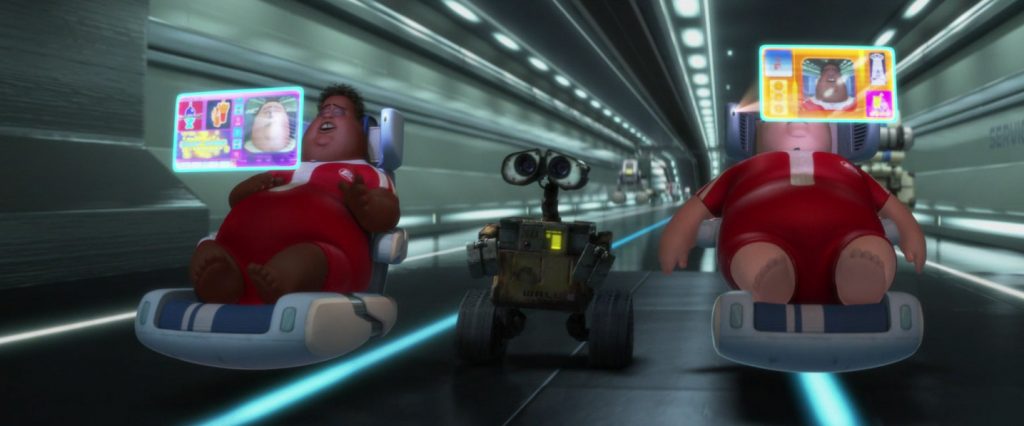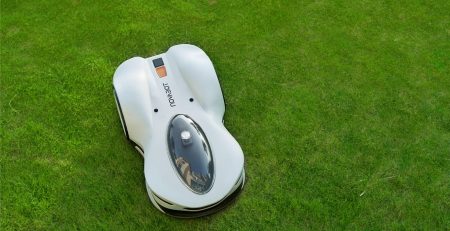MIT’s Self-Driving Mobility Scooter Is Something To Look Forward To
Remember WALL-E?
While it showed us the future of the human race if we keep going the way we are right now, it also gave us hope. That’s what Pixar does after all.
The movie is chock-full of gadgets and other technological advancements, one of the most memorable (and perhaps attractive to some) things is the scooter which allowed the future generation to never get on their feet again. Literally.
So it’s a bad thing, a self-driving scooter, isn’t it?
With the health and fitness trend today, such scooters almost seem like an abomination. Why would we even want to start developing them?
MIT thinks differently. And it’s justifiable – more than, actually.
MIT’s Computer Science and Artificial Intelligence Laboratory, in cooperation with the National University of Singapore, has design self-driving mobility scooters which function similarly to what we see in WALL-E but serve a different, more positive purpose.
According to a press release announcing the scooters, the vehicles use the same sensor configuration and software in trials of autonomous cars and golf carts in the past. However, this is the first time that the software has been used in an indoor vehicle, and tests are looking good.
The goal is to provide mobility-impaired individuals with a solution, ultimately tying up indoor and outdoor mobility.
The researchers are far from their goal, but Scott Pendleton, a graduate student in mechanical engineering at the National University of Singapore (NUS) and a research fellow at SMART says, “We were testing them in tighter spaces. One of the spaces that we tested in was the Infinite Corridor of MIT, which is a very difficult localization problem, being a long corridor without very many distinctive features. You can lose your place along the corridor. But our algorithms proved to work very well in this new environment.”
You can watch the self-driving mobility scooter in action for yourself below.






